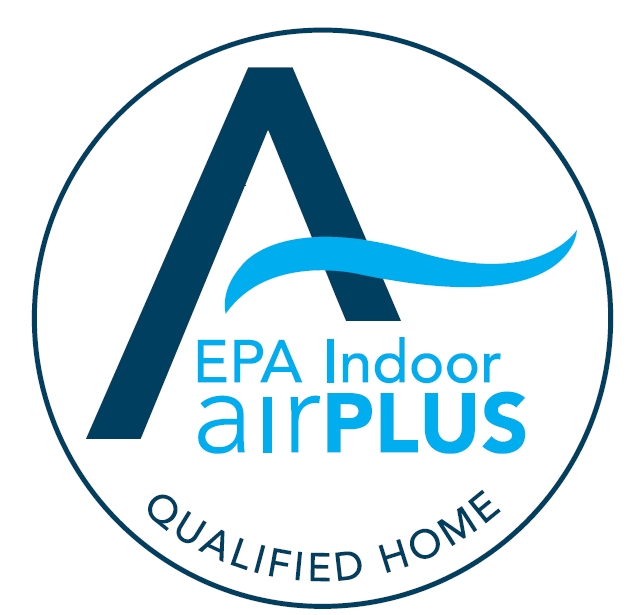
Image Credit: U.S. Environmental Protection Agency
The U.S. Environmental Protection Agency (EPA) is inviting builders to adopt specifications for new homes that are “designed for improved indoor air quality compared to a home built to minimum code.” The EPA calls its new program Indoor AirPlus.
Builders who sign on to the program must adhere to Energy Star Homes requirements, as well as to a list of Indoor AirPlus specifications, many of which appear to have only a remote connection to indoor air quality (IAQ).
For example, the specifications require the installation of:
- Bituminous membrane at roof valleys;
- Pan flashing under all windows and doors; and
- Copper or stainless-steel screens installed at all openings that cannot be fully sealed (e.g., attic vents).
Most of the EPA’s specifications are sensible recommendations for builders interested in producing quality homes. But the program requirements are so specific that they raise an important question: do new homes with these details actually have better indoor air quality than homes without these details?
The answer: probably not. As it turns out, the EPA has no data to support a connection between the Indoor AirPlus specifications and indoor air quality.
The overwhelming factor is occupant behavior
There’s a dirty little secret undermining EPA’s new home specifications: the most important factor governing indoor air quality is occupant behavior, not construction details.
Here are some examples of things homeowners sometimes do:
- They smoke.
- They install and use humidifiers.
- They forget to operate exhaust fans.
- They bring home clothes that emit dry-cleaning chemicals like perchloroethylene.
- They spray pesticides indoors.
- They ignore routine cleaning and home maintenance chores.
Behaviors like these tend to overwhelm the IAQ effects (if any) of sill pan flashing or attic vent screening. Unfortunately, the EPA’s Indoor AirPlus program has fallen victim to a logical fallacy. The agency argues…
Weekly Newsletter
Get building science and energy efficiency advice, plus special offers, in your inbox.

This article is only available to GBA Prime Members
Sign up for a free trial and get instant access to this article as well as GBA’s complete library of premium articles and construction details.
Start Free TrialAlready a member? Log in















0 Comments
Log in or become a member to post a comment.
Sign up Log in